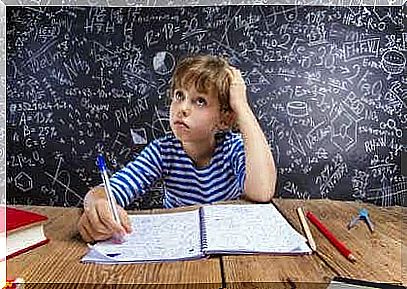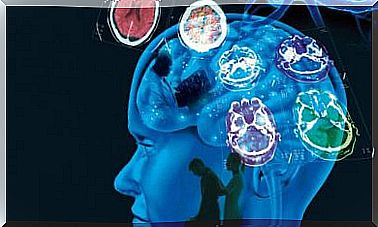Evaluating And Judging Are Not The Same

We are doing something wrong when it comes to evaluating and assessing our students. When teachers have tired, unmotivated, and stressed students who are on the brink of mental breakdown at the end of the year, something isn’t working.
Final exams tend to measure memory more than learning, and this takes its toll. Teachers evaluate to see whether or not students are learning, but forget that evaluations also serve to demonstrate the quality of teaching.
Therefore, it is important to understand the difference between evaluation and assessment. A number is only the result of an evaluation, it is a number that says little.
However, evaluation is another way of learning. Does a 3, a 7, or a 10 tell us anything more than what we expected in the first place?

Evaluate to learn
Evaluating is an opportunity to put knowledge into practice and express ideas, or it should be. It should be a moment when doubts and questions arise naturally.
Teachers are actually in the service of those who learn. Therefore, it is better to use a green pen to emphasize the good things. Furthermore, they should only treat errors as leads for improvement. When teachers evaluate to grade, but not to help students improve, it’s pretty pointless.
Today, many countries want teachers to focus more on skills than on content. Not everything we teach should automatically become an object of evaluation. Not everything students learn is necessarily evaluable.
Teaching is not so much giving knowledge as helping students learn to reason. Therefore, learning is not just acquiring knowledge, but also internalizing it and integrating it into our way of thinking.
Should teachers evaluate or grade exams?
Many exams consist of memorizing and repeating content: the questions are easy to ask and easy to correct. They are part of a learning system in which parents and teachers expect students to repeat what they have seen and heard, not what they have verified, thought about, or imagined.
On the other hand, it is overlooked by many that an exam has tremendous power to focus a student’s attention. This is a magical quality that many try to shorten, by not leaving much time to answer.
A well-designed exam should be a continuation of the student’s learning. It can be a moment to reflect on what has been read and heard.
Finally, exams rarely cover personal or social content. Basic skills are ignored and students “learn” information in a robotic way, without thinking critically.

Evaluate and assess with a rubric
Teachers give homework to help students develop certain skills. However, they must ensure that they use appropriate evaluation tools.
While there are several tools for evaluating learning outcomes, rubrics are the best. Its versatility and didactic potential have received the most attention of all.
A rubric is a tool used in the evaluation of student development that describes the specific characteristics of a project or assignment. It is divided into different levels of achievement, with the ultimate goal of clarifying what is expected of the student’s work, giving value to his achievements, and facilitating feedback. (Andrade, 2005; Mertler, 2001).
Benefits for the student
Students receive much more information through rubrics than through other assessment tools. The feedback in rubrics is therefore very clear. Students know in advance on which criteria they will be assessed.
Rubrics use criteria that encourage learning and self-evaluation and facilitate global understanding and development of a variety of skills.

Benefits for teachers
Rubrics are easy to use and explain to students. In addition, they increase the objectivity of the assessment process. They provide feedback on the efficiency of the learning methods that were applied. They are versatile and adapt easily to the requirements of the evaluation process.
A new way to understand evaluations
Formative assessment is democratic and at the service of education and learning. This is very valuable when it comes to the need for relevant and useful information, focusing both on the processes and the contexts involved in teaching and learning.
In short, it’s time to reclaim the meaning of the terms “evaluation” and “grade”!








